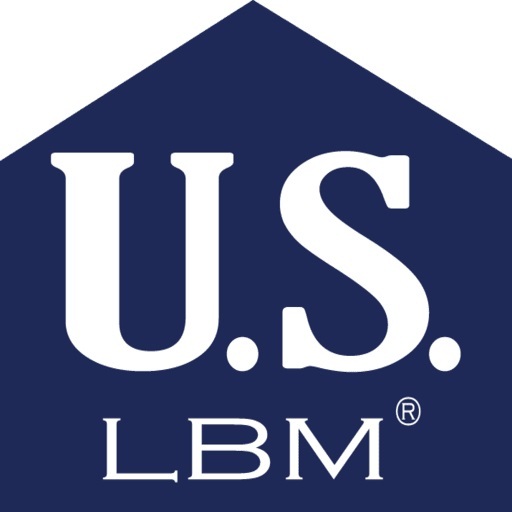Leading American food maker Chobani has an appetite for quality and innovation. With their rapid growth came the need for a nimble IT environment to keep up with future large-scale requirements.
To fill this gap, the company chose to implement SAP S/4HANA and other SAP applications on Microsoft Azure, with assistance from its current support partner Khoj Information Technology. Chobani continues to leverage the latest technologies like SUSE Pacemaker Clusters and Azure Site Recovery. The company now has a unified environment, better uptime, and instant scaling.








